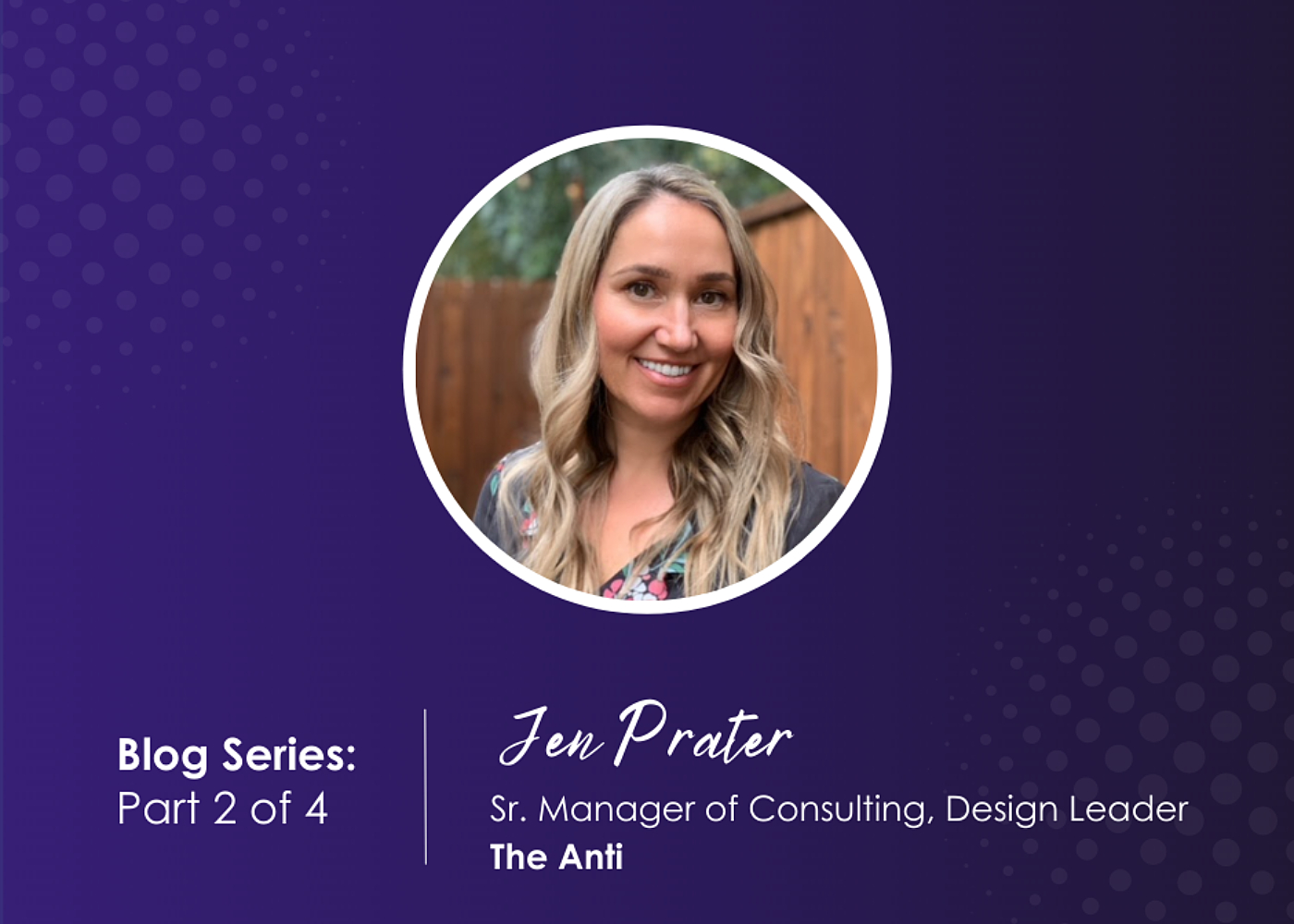Are you ready for the most intelligent Knowledge yet? Stay in the loop for Knowledge24 by following us on LinkedIn and checking our events page!
Start Your Employee Journey Implementation with People-centric Preparation

Just like experience design centers around people, so should project preparation. Planning for resource expectations, working to understand your users’ pain points and needs, and engaging with change management as early as possible are essential to the success of your project.
- Resource planning. Project resources include much more than the people collecting and developing requirements. Avoid overlooking the commitment needed from other key stakeholders and the benefits of engaging them as early as possible. Your key stakeholders are anyone who is impacted by the changes resulting from the project outcome. The stakeholders identified must be available to provide details on the current-state process and explain pain points. They assist with collecting and documenting HR and cross-departmental activities required within the process, including pre-hire, on-leave, and alumni access. During the planning phase, key stakeholders will need to participate in future-state design workshops and decisions. And, they will need to participate in user acceptance testing (UAT) during the execution phase. Engaging your stakeholders early on creates inclusion, enables buy-in to the change, promotes adoption once the changes are implemented, and empowers your stakeholders to become change advocates. You’re much more likely to avoid delays in your project deliverables when all of your stakeholders are engaged and committed to the project’s success.
- Understand your users. Transforming your employees’ experiences requires a thorough understanding of the people within your organization. Creating personas to represent your user types will assist you in making the right design decisions. Get to know your users through survey results, studying their behaviors, and conducting interviews. Understand their demographic, their attitudes and goals, their motivations, and their limitations and frustrations. This research enables you to create reliable personas that help you identify with the user so that you can design for them rather than for yourself, or even worse, design based on assumptions. Your personas are an important tool for the next step, journey mapping. Journey maps are incredibly useful for ensuring your design meets users’ expectations, ultimately ensuring that you’re truly improving the employee experience. Determine the scenario and the users’ needs and goals, then set the scene by outlining or visually mapping the phases of the process (think engagement, knowledge, event initiation, support, end of event). Map the actions the user will make during each phase. Use your user research to document the users’ thoughts, questions, needs, and motivations, as well as their emotions during each of the phases. This exercise provides insight into how the experience can be improved and leads to defining the ideal-state process.
- Know your data. Your end-to-end processes touch multiple systems. To provide a seamless consumer-grade employee experience, your systems need to talk to each other. You must know your data and where it resides so that you can bring it all together. Even more importantly, your data needs to be clean. When you’re designing personalized employee experiences you need to know information about that person. Where are they located, what function are they in, do they work in the office or from home or are they hybrid, are they exempt or non-exempt, who do they report to, what cost center are they in, what’s their employment start date, what date are they starting their leave of absence, when is their last day of work? Long gone are the days of disjointed and disorganized processes. Today people expect things to be easy, intuitive, and pleasant. Having clean data, knowing where it lives, and understanding how it can be used to drive curated experiences is another critical component of your project.
- Change management. Investing in your change management plan is far less costly than lack of adoption. Begin building a strategic change management plan early on. First, it is critical that you have senior-level sponsorship. They help drive initiatives forward from the top down, and hold leaders accountable for change advocacy. Next, understand how your stakeholders' behaviors will need to change so you can understand how to help them shift their mindset. Describe what’s changing, why it’s changing, how it impacts the stakeholder, and what the change will look like for them. When you’re used to doing something a certain way, no matter how awful or inefficient it may be, change is hard. Help your stakeholders understand how the changes will better serve them while also reinforcing that they will have the support and training needed to ensure a smooth transition (don’t overlook your support and training plan!). Communications within change management is not a one-and-done. Communicate often through the channels your stakeholders use, take them on the journey by keeping them posted on progress, ensure they’re invited to training sessions and know where to go for support. And, as part of your implementation, have mechanisms in place to collect feedback and data on adoption so that you can continue enhancing your processes and optimizing the employee experience.
“People people” are our kind of people.
Let’s connect!
Subscribe here for updates on our virtual and in-person HR events.

